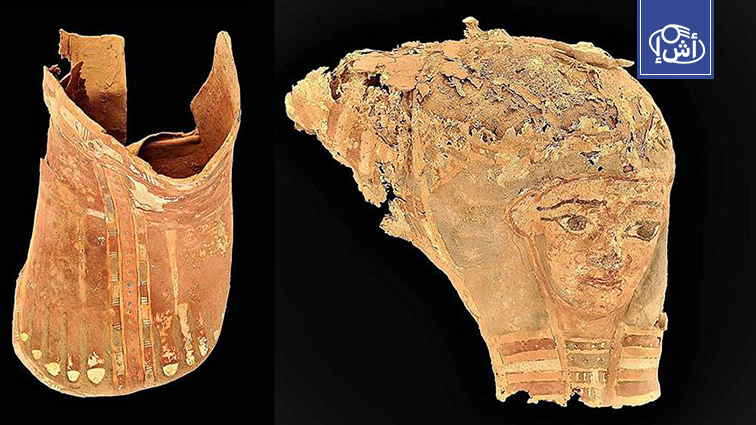The Egyptian Ministry of Tourism and Antiquities, in cooperation with the Italian Archaeological Mission, discovered 33 new archaeological tombs dating back to the late Pharaonic era and the Greek and Roman eras near the Mausoleum of the Aga Khan in Aswan.
The head of the Egyptian Antiquities Sector at the Supreme Council of Antiquities, Ayman Ashmawy, announced that the discovered tombs include the remains of mummies and funerary tools, which allows a deeper understanding of the historical period and the diseases prevalent at that time.
Abdel Moneim Saeed, General Supervisor of the Antiquities of Aswan and Nubia and Director of the Archaeological Mission from the Egyptian side, explained that the discovered tombs include the mummy of an adult woman and a child, which requires further study to determine the relationship between them.
Patrizia Piacenti, professor of Egyptian archeology at the University of Milan and director of the mission from the Italian side, confirmed that preliminary studies indicate that the mummies ranged in age from newborns to adults, and some of them were suffering from infectious diseases.
These discoveries came within a series of archaeological discoveries announced by Egypt in recent years, with the aim of strengthening the tourism sector, which is considered vital to the country’s economy, and Egypt seeks to open the “Grand Egyptian Museum” near the Pyramids of Giza during this year.
Egyptian Prime Minister: Plans to increase the value of exports to $145 billion by 2030
